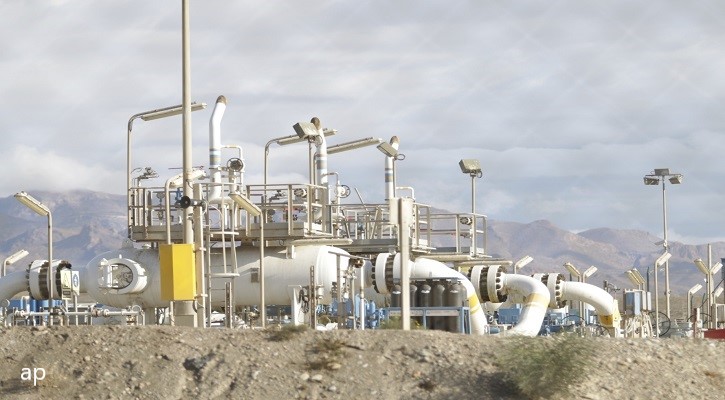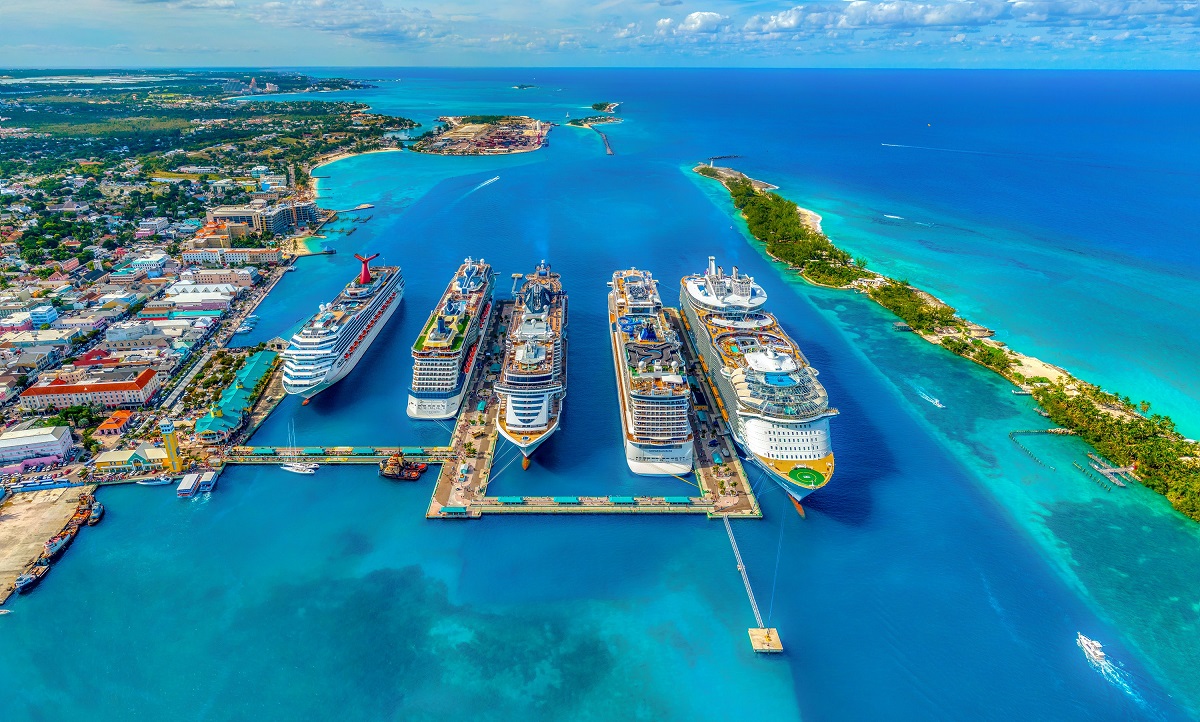
The gloom is fading fast in European capitals that were bracing for social unrest and industrial shutdowns as recently as last summer. Gas prices on Europe's TTF exchange have since plummeted to €55 per megawatt hour, back to September 2021 levels. Even Europe's ongoing cold weather spell hasn't reversed the downward trend.
More importantly, the entire futures curve went down, indicating general optimism of the market even in the medium term. For all of 2023 and in spring of 2024, the price is expected to fluctuate between €63 and €74. Just 45 days ago, expectations were about twice of that.
An unusually mild start to the winter gave Europe a head start in overcoming the challenge. According to data from the ICIS analysis centre, gas demand in European countries fell by 20% in the fourth quarter compared to the average of the previous five years. This figure encompasses both a decrease in domestic consumption and by industrial users. The latter deserves particular attention.
“Despite the sharp decrease in gas use, we do not currently have a drastic drop in industrial and manufacturing production in Europe, mainly thanks to various energy efficiency operations, for example by changing the fuels used or importing particularly energy intensive products, such as ammonia or steel”, comments Giovanni Sgaravatti, research analyst at Bruegel, a political-economic think tank based in Brussels. “This is good news, even if some specific sectors - such as chemicals - are suffering particularly badly.”
The result is that by late-January, Europe finds its gas stores 78.5% full, compared to a typical filling level of 60% at this time of the year. In short, thanks to a climatic windfall, efficiency measures and greater use of LNG (Liquefied Natural Gas), European countries have had no need to draw on stockpiles-- stockpiles that, moreover, no one has any interest in selling on the market at a time of cratering prices.
There's a massive caveat to these reassuring storage levels: Russian gas still represents more than 40% of Europe's existing reserves for this winter. “At current demand levels, this means that Europe would need to attract 30 per cent of the global LNG market to make it safely to spring 2024,” cautions T. Rowe Price Head of International Equity Justin Thomson.
“Although Putin's attempt to use Europe's dependence on Russian gas as a blackmail tool has failed, Europe still faces a major challenge to ensure its energy needs are met in the winter of 2023-2024 and beyond”
LNG's Own Bottlenecks
The flow of Russian pipeline gas to the European Union has been all but eliminated. Volumes in 2023, via Ukraine and the Turkstream pipeline, are planned at 25 billion cubic meters, down from 150bcm in 2021. To fill the gap, the EU has nearly doubled its LNG imports to 123 bcm in 2022 from 74 bcm a year earlier. About a third of LNG imported last year came from the US, which became the world's top LNG exporter in the process. Curiously, and widely overlooked, Russia remains in second place ahead of Qatar.
That's because European imports of Russian LNG have increased by about 50% in the past year. Most of this liquefied gas arrives in Europe from Russia through Novatek (NVTK), a Russian company with no known Kremlin affiliation, which until a few weeks ago also counted TotalEnergies (TTE) among its shareholders. The French oil major withdrew its two members from the company’s board of directors and announced a $3.7 billion write-off on its 19.4% stake in the Russian group on December 9.
As Europe's gas supplies transition from pipelines to ships, regasification capacity, already nearing its limit, becomes crucial. “There have been bottlenecks in Europe on this front,” says Bruegel's Giovanni Sgaravatti, “for example during the second week of January, Poland used 100% of its regasification capacity and other countries came close.”
Investments in regasification infrastructure are in full swing, with Germany's efforts already yielding results: Three new FSRUs (Floating Storage and Regasification Units) are operational in the northern ports of Lubmin, Wilhelmshaven and Brunsbuettel, with three more terminals in planning. Berlin's spending power puts it at the forefront of the regasification drive, but it is not alone: The first floating regasification terminal being deployed off the Italian coast will be up and running by May.
The scramble for ship-borne gas comes with US export capacity already at its all-time high and Chinese demand for LNG set to increase as economic recovery from the pandemic picks up steam.
The Rising Importance of Chinese Demand
“In our view, a faster-than-expected unwinding of Beijing's zero-Covid policy and the government's favorable industrial policies will help trigger a stronger-than-expected rebound in economic activity in the first half of 2023,” says Christiaan Tuntono, Senior Economist for Asia Pacific at Allianz Global Investors. “Against a modest statistical base in 2022, growth in 2023 could return to levels in line with potential (4.5%-5%) or above.”
Europe's competition with Asia over LNG supplies reflects a reversal of familiar pricing dynamics. “Historically, gas in Europe cost less than LNG in Asia, then the short market (the differential rewarded the Asian market for the first time in December 2021) and the war reversed the trend; and now weather and full storage tanks have brought the TTF back below the JKM (Japan Korea Market),” explains Massimo Nicolazzi, professor of Economics of Energy Sources at the University of Turin.
This means Chinese consumption has become a major factor, alongside weather and infrastructure, driving Europe's gas market. “In 2022, Chinese LNG imports fell by 21 bcm against an increase in pipeline imports of 5 bcm. We expect imports from Russia by pipeline in 2023 to bring an additional 7 bcm. What is going to happen to consumption in China in the post-Covid regime now established is difficult to predict. Nevertheless, if demand picks up again, it will mainly be for LNG and that will not be good news for European prices or supplies,” Nicolazzi says.
Europe's surprising success in attracting LNG supplies this year was helped by lower Chinese demand amid draconian lockdown policies. These are now lifted. If Chinese LNG imports resume next year at 2021 rates and Russian supplies to Europe fall to zero, the EU would find itself with a hole of around 30 bcm to fill between summer and autumn in 2023, according to two analyses by Standard & Poors and the International Energy Agency (IEA).




















